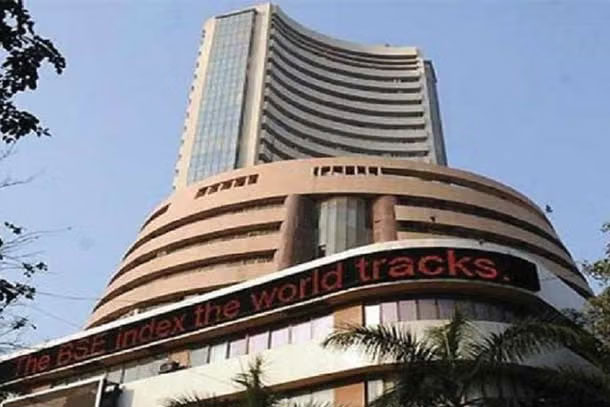Daijiworld Media Network - Mumbai
Mumbai, Sep 25: Indian equity markets continued their downward spiral for the fifth straight session on Thursday, pressured by sustained foreign institutional investor (FII) outflows, broad-based profit booking, and a sharp selloff in IT sector stocks.
The benchmark Sensex slipped 555.95 points, or 0.68%, to close at 81,159.68, after opening lower at 81,574.31 and hitting an intraday low of 81,092.89. The Nifty 50 also mirrored the bearish sentiment, ending the day at 24,890.85, down 166.05 points or 0.66%.
An analyst attributed the extended selloff to concerns over ongoing US-India trade discussions, weak global cues, and fears of softer Q2 GDP growth, along with persistent FII outflows that have dampened investor sentiment.

“Markets remain under pressure as investors continue to lock in profits. The uncertainty over macroeconomic signals from the U.S. and concerns surrounding India's H2 FY26 borrowing plan have kept sentiment subdued,” the analyst said.
Sectoral Snapshot:
Major sectors ended in the red, with IT leading the decline:
• Nifty IT: down 445 points or 1.27%
• Nifty Auto: down 249 points or 0.92%
• Nifty FMCG: down 270 points or 0.49%
• Nifty Financial Services: down 141 points or 0.53%
• Nifty Bank: down 145 points or 0.26%
Top Losers from Sensex:
Stocks contributing heavily to the fall included:
TCS, HCL Tech, Tech Mahindra, L&T, Tata Motors, Asian Paints, Titan, Kotak Bank, Bajaj Finance, Mahindra & Mahindra, PowerGrid, NTPC, SBI, Ultratech Cement, and Bajaj FinServ — all ending in the red.
Only BEL, Bharti Airtel, and Axis Bank managed to close in the green among the Sensex constituents.
Broader Market Trends:
The broader indices also mirrored the weakness:
• Nifty Next 50: fell 514 points or 0.75%
• Nifty 100: down 174 points or 0.68%
• Nifty Midcap 100: dropped 368 points or 0.64%
• Nifty Small Cap 100: down 102 points or 0.57%
Market Outlook:
With key U.S. economic data and India's borrowing roadmap for the second half of FY26 expected soon, investors are likely to remain cautious. Volatility could persist in the short term, especially if global cues remain uncertain and institutional selling continues.